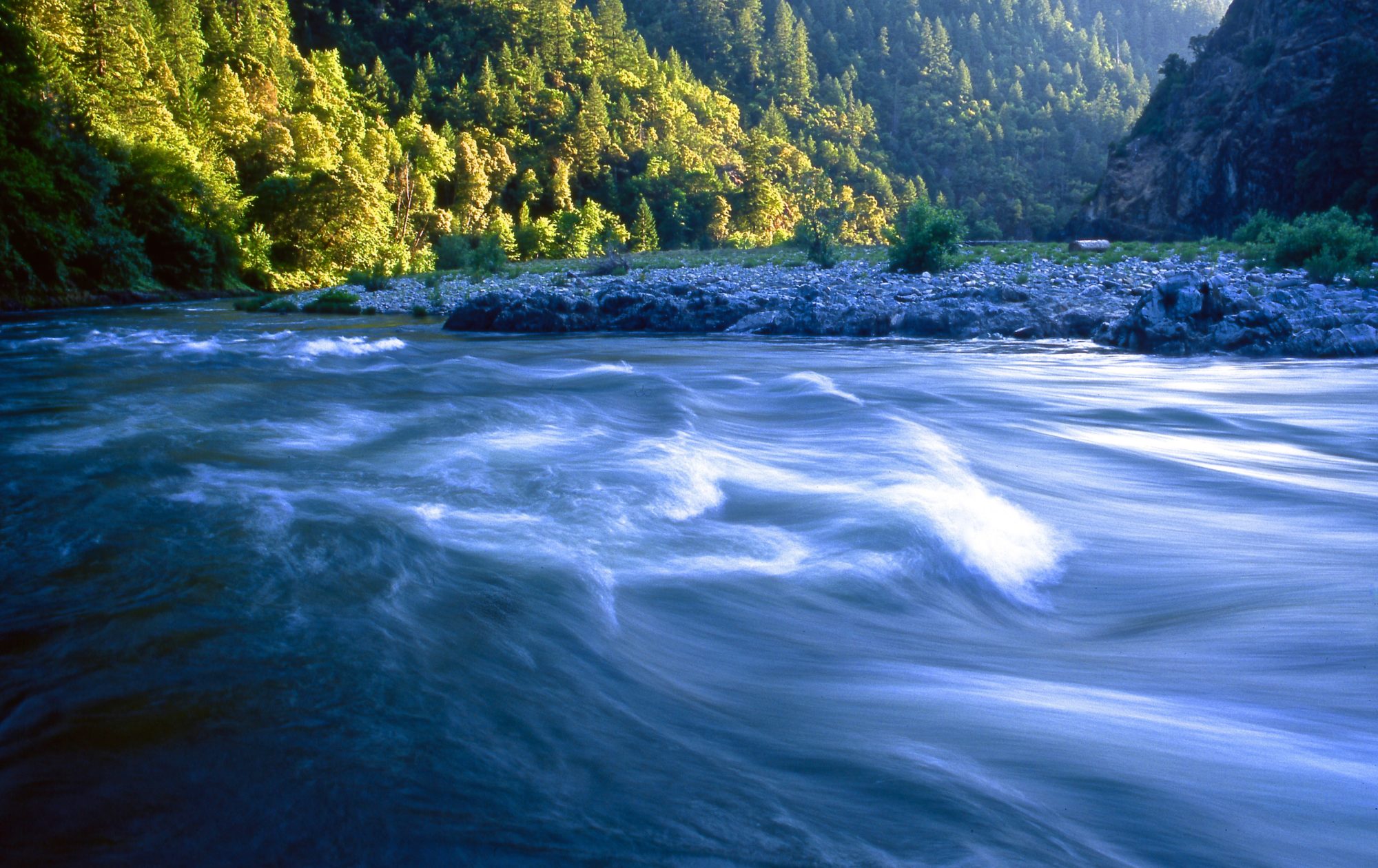Community science, sometimes also referred to as citizen science, is a great way to do some meaningful birding! Here are some of the monitoring and survey projects in which KAS members regularly engage.
Marbled Murrelet Community Survey Project
Each July we sponsor a Marbled Murrelet community survey project, where attendees can learn about the amazing lives of these secretive seabirds and how to look for them in the forest. Click here for more information.
Black Oystercatcher Survey
The Oregon coast-wide Black Oystercatcher Survey is usually held in May, when Black Oystercatchers are most active. Each spring the monogamous birds return to the same nesting territories to pair with the same mate.

Although the charismatic black oystercatchers seem relatively common along our South Coast, because of their small global population size, low reproductive rate, and reliance on rocky intertidal habitats, they are considered a “species of high conservation concern” and serve as an indicator of intertidal ecosystem health.
Portland Audubon has led coastwide black oystercatcher monitoring efforts since 2015 with the aim of providing new information on this species biology including an Oregon-wide population estimate, nesting success, and human disturbance factors. This information has contributed to science and also helps to inform protection of these birds and also efforts to conserve their habitat.
KAS members have engaged with the Black Oystercatcher survey for nearly twenty years! Other partnering groups include the U.S. Fish and Wildlife Service, Friends of Cape Falcon, Haystack Rock Awareness Program, U.S. Geological Survey, Friends of Haystack Rock, Audubon Society of Lincoln City, and Cape Arago Audubon Society,
This program offers an annual training each spring. For more info about how to get involved, please contact Cara Gates, Coastal Community Science Biologist at Bird Alliance of Oregon (formerly Portland Audubon): cgates@birdallianceoregon.org
COASST Survey
COASST (Coastal Observation and Seabird Survey Team) is a community science project based out of the University of Washington that is dedicated to involving volunteers in the collection of high-quality data on the status and trends of coastal resources (mainly seabirds) for the purposes of science, informed resource management, and conservation. COASST volunteers systematically count and identify the birds that wash ashore along the beaches in Washington, Oregon, California and Alaska. Volunteers need NO experience with birds, just a commitment to survey a specific beach (1 km) each month.
For more information about local training sessions and how you can help, contact COASST at 206-221-6893 or coasst@uw.edu
Christmas Bird Count
The Christmas Bird Count is long standing Audubon tradition, started more than a century ago as a way to encourage people to count and appreciate birds rather than to shoot at them (which was a Christmas custom at the time). With many decades of data and a national scope, the CBC is now a serious community science project!
Sixes is the center of the Port Orford count circle, which encompasses habitats from wetlands in lower Sixes to higher elevations at Grassy Knob, plus ranchlands, lakes, forests, ocean, and in-town feeders. Each year, KAS invites experienced birders to count in assigned locations around the count-circle. This is a great way for us to keep paying attention to bird populations over time! Please contact CBC leader Tim Rodenkirk if you’d like to help: timrodenkirk@gmail.com
You can access data from past Christmas Bird Counts at the CBC website: https://netapp.audubon.org/cbcobservation/. Our Port Orford count code is ORPO.
You can also read some of our long-time member Jim Roger’s notes from past Christmas Bird counts, highlighting the most interesting observations from 1996-2005.

